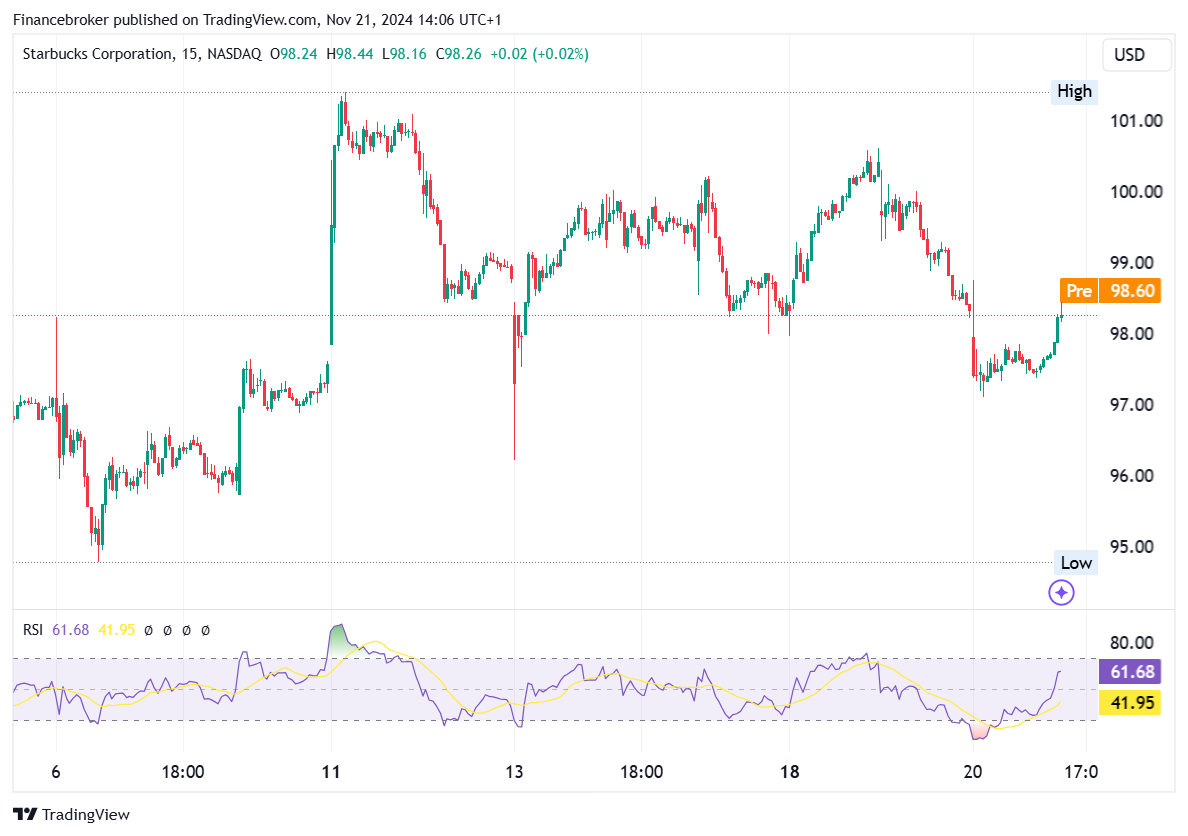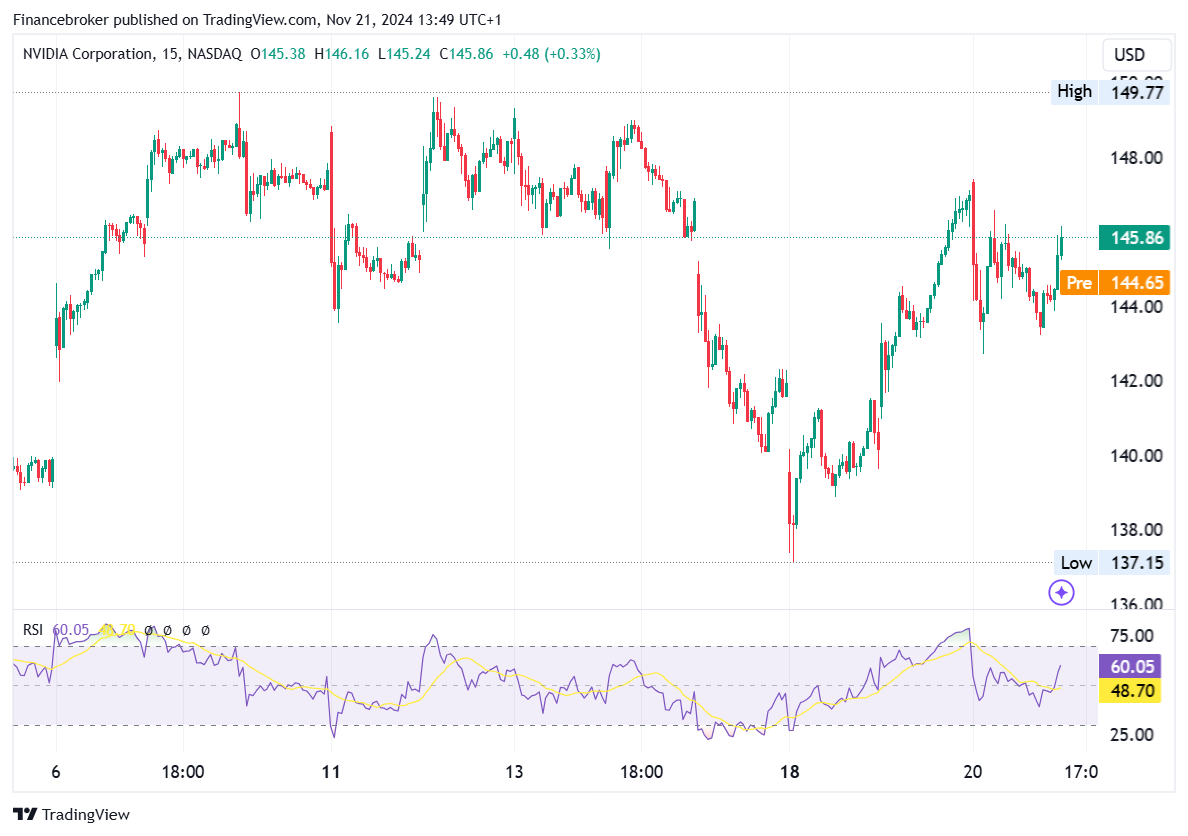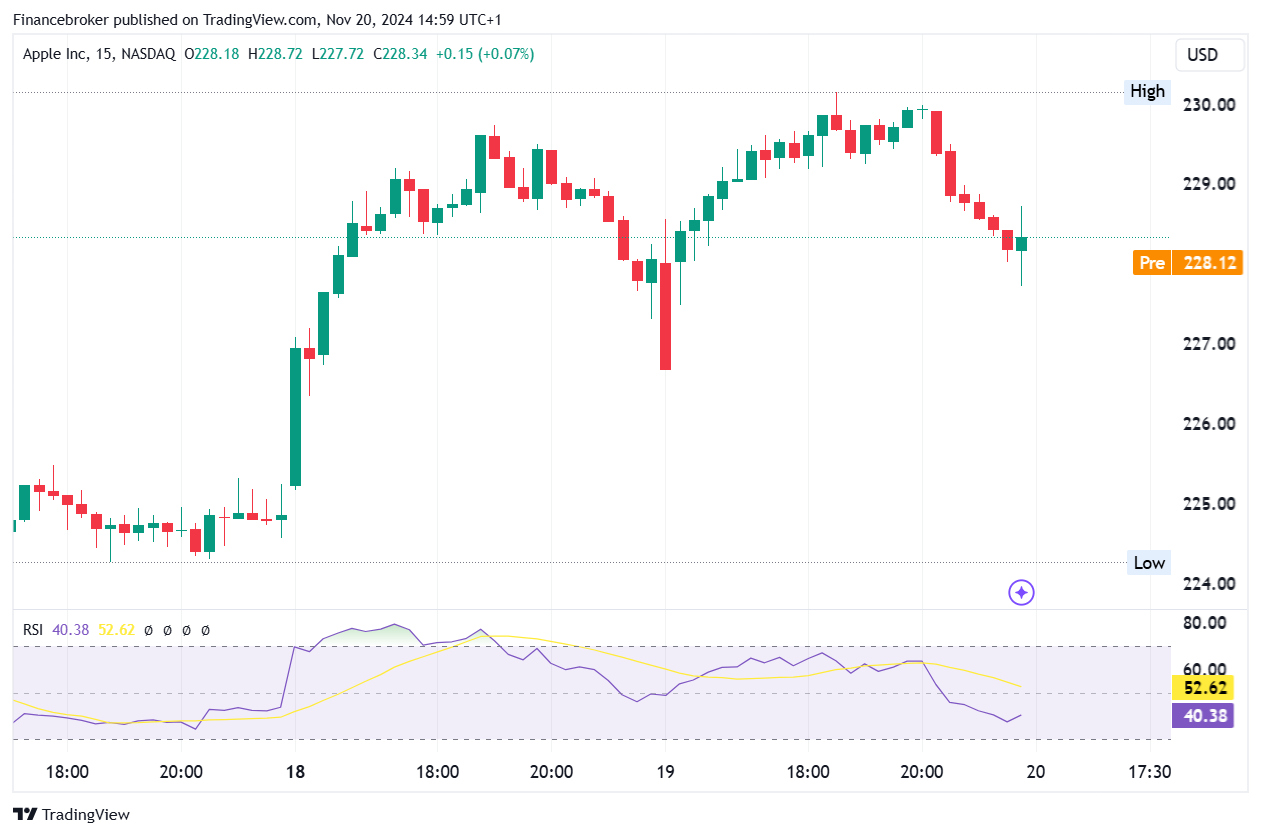
Stock Market Patterns for Business Success: European Markets
Stock Market Patterns for Business Success: European Markets
In the intricate dance of global markets, stock market patterns serve as a crucial compass, guiding investors through the twists and turns of economic landscapes. As European stocks open slightly lower, the ever-shifting tapestry of market dynamics comes into focus. The Stoxx 600 index, a barometer of European equities, reflects a delicate balance influenced by various sectors. We delve into the recent market movements, exploring the impact on key indices and delving into the stock market patterns that shape investor sentiment. While the primary focus remains on the Stoxx 600, we also keenly watched the stock market forecast for the next six months and the broader stock market outlook.
Decoding Recent Trends in European Markets
Despite a modest dip in European stocks, December has proven to be a resilient month for the Stoxx 600 index, boasting a gain of 3.32%. This, however, marks a slowdown from November’s impressive 6.45% surge. The technology sector’s 1.4% drop and the resilience of oil and gas stocks, climbing 0.5%, highlight the nuanced nature of market movements. Notably, sportswear retailers like Adidas and Puma faced significant losses following Nike’s announcement of a sales outlook revision and a massive cost-cutting program. Understanding stock market patterns becomes paramount for strategic decision-making as we navigate these fluctuations.
The Impact of Global Development on European Markets
Global events, such as Angola’s decision to exit the OPEC alliance, reverberate through European markets, creating ripples in stock market patterns. The interconnectedness of economies and geopolitical decisions underscores the need for investors to broaden their perspective. This interconnectedness also highlights the importance of considering private markets, which are often overlooked in traditional analyses. The evolving dynamics between private and public markets contribute to the overall complexity of stock market patterns, requiring a comprehensive understanding of astute investment decisions.
Unveiling Stock Market Forecast for the Next Six Months
Looking beyond the immediate fluctuations, investors are keenly interested in the stock market forecast for the next six months. Despite the recent resilience, uncertainties loom, driven by factors ranging from geopolitical tensions to economic indicators. As revealed by the Office for National Statistics, the U.K. economy’s contraction by 0.1% in the third quarter sets a cautious tone. Economists’ expectations were not met, suggesting a potential mild recession. As we consider the stock market outlook, it becomes evident that vigilance is crucial in navigating the upcoming challenges.
Exploring Long-Tail Opportunities: Private Markets and Mark Stock
In the quest for robust investment strategies, exploring long-tail opportunities becomes imperative. Often overshadowed by their public counterparts, private markets offer unique prospects for diversification and growth. The delicate dance between private and public markets requires a discerning eye, as these dynamics contribute to the broader stock market patterns. Additionally, understanding the intricacies of “mark stock” unveils a nuanced layer of investment possibilities. As investors broaden their scope, recognising the potential within these long-tail opportunities becomes a cornerstone of successful portfolio management.
On the cusp of a crucial inflation reading that could challenge expectations for interest-rate cuts and the remarkable surge in the market, US stock futures dipped into negative territory on Friday. The Dow Jones Industrial Average (^DJI) futures experienced a 0.3% decline. In contrast, the S&P 500 (^GSPC) futures remained just below the flatline, having spearheaded the recovery of leading stocks from a recent sharp sell-off. Simultaneously, contracts on the tech-heavy Nasdaq 100 (^NDX) saw minimal fluctuations.
The current atmosphere, marked by a brief pause in the market rally, presents a critical juncture for investors and traders alike.
Navigating Uncertainties: Insights from U.K. Economic Indicators
The recent revelation that the U.K. economy contracted by 0.1% in the third quarter sets the stage for increased vigilance. U.K. retail sales, final gross domestic product figures, and the U.S. personal consumption expenditures price index further add to the tapestry of uncertainties. As investors brace for potential headwinds, the ability to navigate these uncertainties rests on a nuanced understanding of stock market patterns. The expected 2.3% rise in the U.S. inflation gauge serves as a key indicator, potentially influencing the Federal Reserve’s future decisions.
In the symphony of global markets, stock market patterns emerge as a melody that savvy investors learn to decipher. As European stocks open slightly lower, the Stoxx 600 index provides a canvas upon which the intricate dance of market dynamics unfolds. Decoding recent trends, understanding global influences, and exploring long-tail opportunities are essential for navigating the complexities of the stock market. With the stock market forecast for the next six months and insights from U.K. economic indicators, investors can fine-tune their strategies, turning uncertainties into opportunities. As we conclude, the resonance of “stock market patterns” echoes through the corridors of financial decision-making, underscoring their perpetual relevance in the ever-evolving world of investments.
The post Stock Market Patterns for Business Success: European Markets appeared first on FinanceBrokerage.



